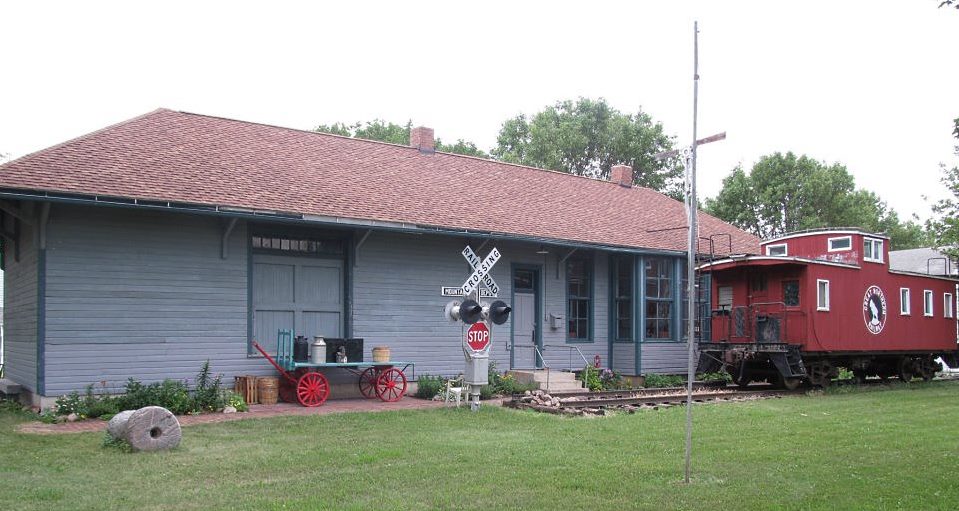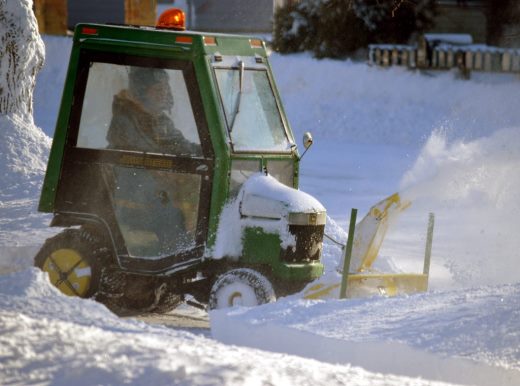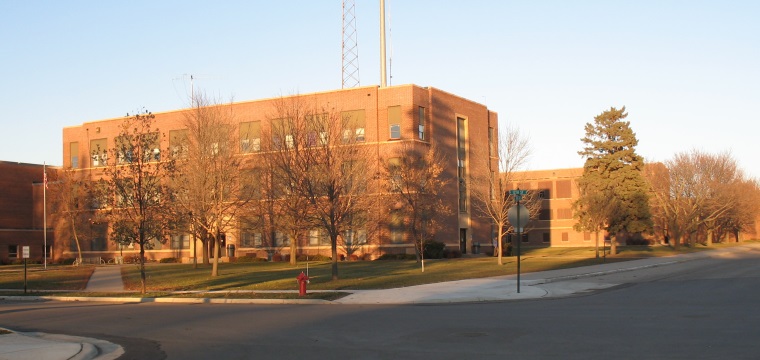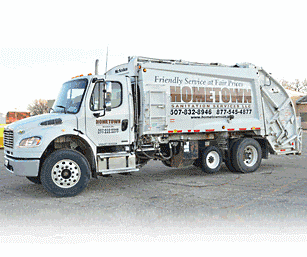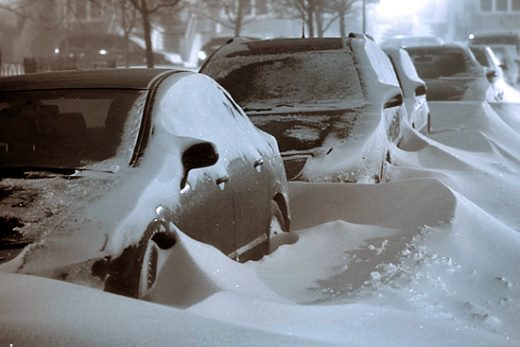Water availability becoming issue; city residents asked to control water use
The City of Mountain Lake, it appears, is having difficulty “going to the well(s).” According to city engineer Andy Kehren of Bolton & Menk, Inc., staff from the firm of consulting engineers and surveyors has been concerned for the past several weeks that the water production in Well 5 (located west and below Mountain Lake Cemetery near Mountain Lake) and Well 6 (located at the southwest corner of the cemetery), appears to be decreasing. During an investigation last week, it was concluded that both wells were drawing air at the pumps. As Kehren explains, “This means that the water level in the wells is at the pump intake elevation.”
Initially the suspicion was that the cause of the decrease in water production was due to well screens that might have been fouled by sediment or iron bacterial growth. Results are pending on samples submitted to a laboratory to investigate the possible presence of iron bacteria. However, Kehren acknowledges, “The side effects of an iron bacteria problem in the wells typically would have already exposed themselves at the water treatment plant – and they have not.”
Additional investigation as to the static water level in both of the wells was begun on Friday, January 31, and has continued since. This investigation has lead to the conclusion that the water level in Wells 5 and 6 is dropping to “the submersible pump intake elevation during extended pumping durations,” lays out Kehren. The observations at both wells done during the investigation indicates that the static water level has dropped about 16-feet in relation to the static water level recorded when the wells were initially constructed and test pumped. The water level in Well 5 has dropped more than 7-feet when pumping at about 150 gallons per minute (gpm) in comparison to the well development test pumping completed in 2004.
When Well 5 was first developed, it was determined that pumping at that well influences the static water level in Well 4, which was located about 50-feet north of the current location of Well 6. At one point, Well 4 would produce more than 300 gpm. Well 4 often suffered from screen issues, and when attempting to clean the screen in 2011, the screen collapsed and the well was sealed and replaced with Well 6. The same connectivity that Well 5 once shared with Well 4 also exists with Well 6.
In a response to the observed low water levels in Well 5 and Well 6, the two pumps are not being pumped simultaneously. In addition, the speed of the pumps has been reduced in an effort to make sure that the water level in the two wells remains above the pump intake elevation. Additional water is also being pulled from the water tower and the old water treatment plant on 3rd Avenue.
The water treatment plant on Prince Street East was designed to produce a uniform blend of filtered water and reverse osmosis (RO)-treated water.The reduction in water supply from Wells 5 and 6 has left the water treatment plant no longer capable of operating as originally designed. The RO system requires 400-425 gpm to completely treat water. The wells are producing less than that at this time, at around 225-250 gpm.
In an effort to provide RO-treated water to the community, the operations computer at the water treatment plant was reprogrammed to treat as much of the well water as possible – around 50% – through the batching of water. As this process is explained, through time delays the water plant first produces an excess amount of filtered water and stores this filtered water in the clear well located under the floor of the water treatment plant. After a selected duration of filter run time, the RO unit starts. When the RO unit starts, filtered water no longer goes to the clear well because the feed rate required to operated the RO is greater than the flow rate coming into the water treatment plant from the wells. During this time period, only RO-treated water is being fed to the clear well. When an adequate amount of RO-treated water is produced to fill the clear well, the water treatment process stops and the high service pumps deliver the batched blend of filtered and RO water to the distribution system. This is how the goal to provide the approximate 50/50 blend of water to the community is being achieved. The blend ratio is adjusted by modifying the period when only the filter is providing water treatment.
“Because of these difficulties,” Mountain Lake City Clerk/Administrator Wendy Meyer states, “the City encourages residents to control their use of water whenever possible.”
The situation makes the need for a new well – Well 7 – planned on being constructed on the former Boldt’s Watercare location on Nickel Street by Mountain Lake one of high importance to City government. The gravel formation targeted for this new well is about 45-feet lower than the gravel formation shared by Wells 5 and 6 – and the depth at which the ground water is proposed to be drawn is about 90-feet lower. It is believed that water drawn from this proposed well would not directly influence the water level at Wells 5 and 6. Monitoring of those wells will be done as Well 7 is test pumped and developed. A search for grant funding, along with the preparation of bid documents, is underway for construction of Well 7.


